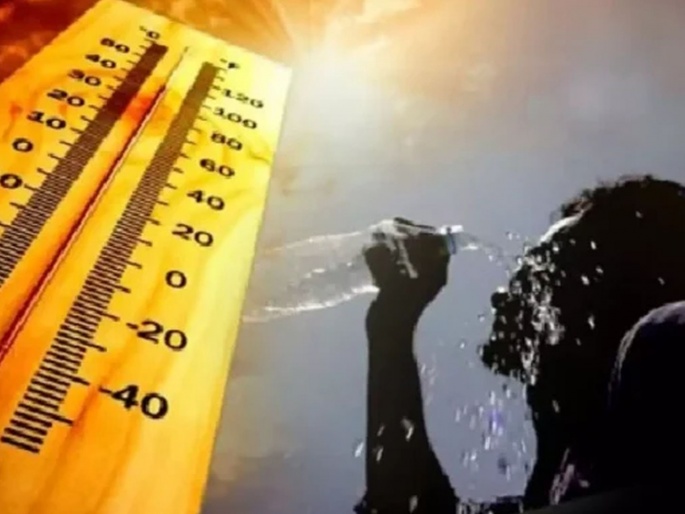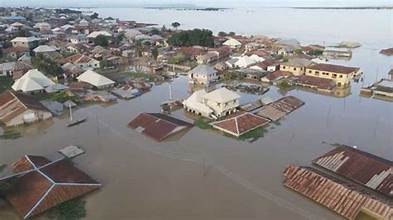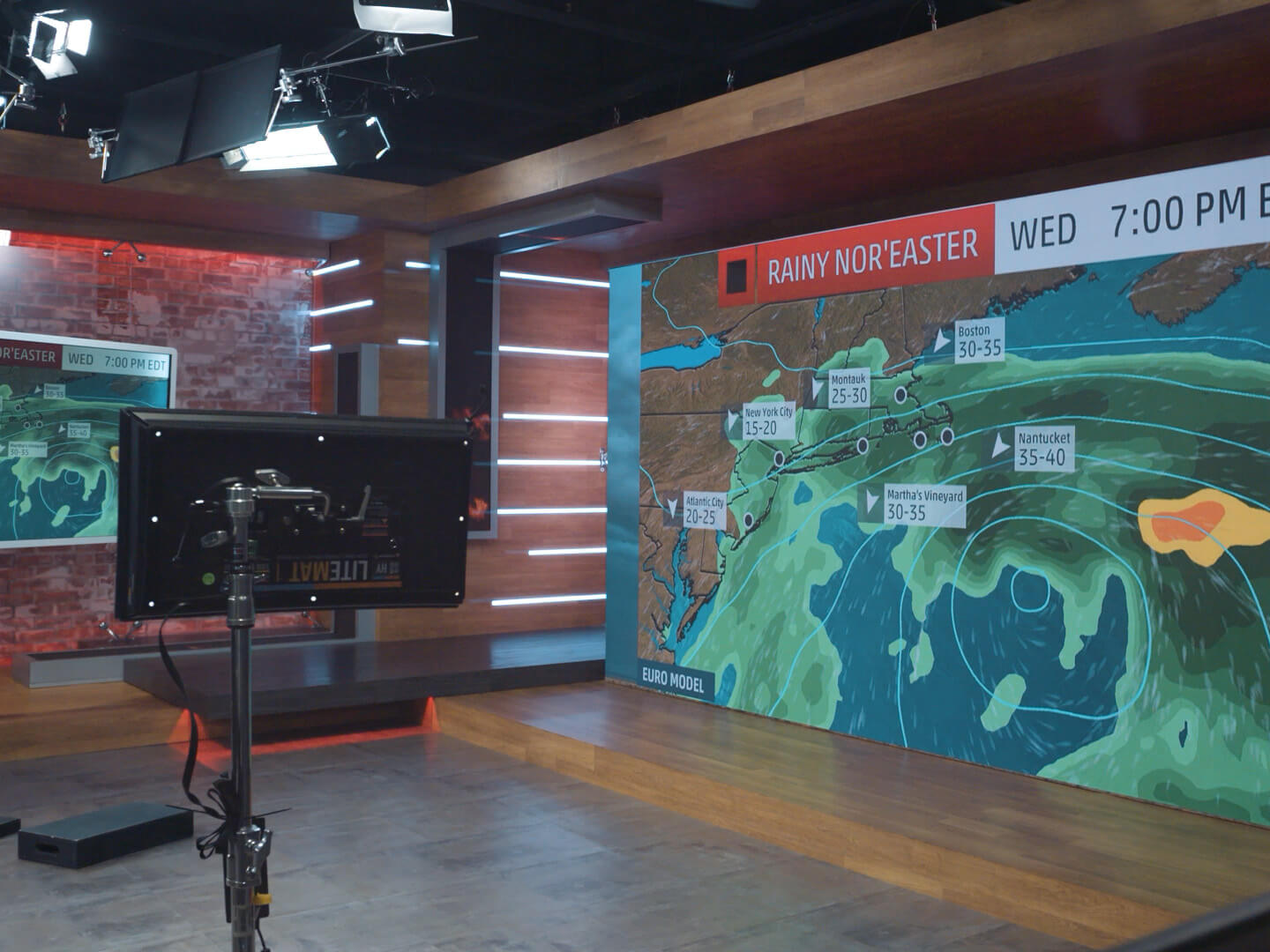Introduction to Urban Heatwaves
Cities are bustling hubs of activity, but they come with a hidden challenge: urban heatwaves. As temperatures soar and climate change becomes an undeniable reality, many city dwellers find themselves grappling with the effects of extreme heatwave weather. Imagine stepping outside on a scorching summer day, feeling the pavement radiating warmth beneath your feet and struggling to catch your breath amid rising humidity levels. This scenario is becoming increasingly common in urban areas around the world.
Heatwaves aren’t just uncomfortable; they pose significant risks to health and well-being. Understanding what causes these phenomena and how cities are adapting is crucial for anyone living in rapidly warming environments. Let’s explore what makes urban heatwaves tick and discover practical tips for staying cool when the mercury rises.
Causes of Urban Heatwaves
Urban heatwaves arise from a blend of natural and human-made factors. At the forefront is urbanization. As cities grow, concrete, asphalt, and buildings replace green spaces. These materials absorb and retain heat more effectively than vegetation.
Another significant contributor is energy consumption. Increased demand for cooling systems during sweltering days releases even more heat into the environment. This cycle intensifies temperatures in densely populated areas.
Climate change also plays a crucial role by raising baseline temperatures globally. Hotter summers are becoming commonplace as greenhouse gases trap heat in our atmosphere.
Moreover, local geography can influence how hot it gets in urban settings. Cities often sit in low-lying areas or near bodies of water that affect air circulation patterns.
Each factor intertwines to create an escalating risk of extreme weather events like heatwaves, making city dwellers increasingly vulnerable to rising temperatures.
The Effects of Urban Heatwaves on City Dwellers
Urban heatwaves can significantly affect city dwellers, impacting health and wellbeing. As temperatures soar, vulnerable populations face increased risks. The elderly, children, and those with pre-existing conditions are particularly susceptible to heat-related illnesses.
High temperatures also amplify air pollution levels. Poor air quality exacerbates respiratory issues and allergies, making it harder for residents to breathe comfortably.
Heatwaves often lead to a rise in energy consumption as people crank up their air conditioning units. This spike not only strains the power grid but can result in higher utility bills for households already struggling financially.
Social dynamics shift during extreme heat events too. Parks become less inviting, leading people indoors where they might feel isolated or disconnected from their community. The urban fabric of life is tested under these rising temperatures; interactions dwindle while discomfort rises sharply among city inhabitants.
How Cities are Preparing for Increasing Temperatures
Cities across the globe are taking proactive measures to combat rising temperatures. Urban planners are incorporating green spaces into their designs. Parks and rooftop gardens not only beautify cities but also provide much-needed relief during heatwave weather.
Many municipalities are investing in reflective materials for roads and buildings. These surfaces help reduce heat absorption, making urban areas cooler. Moreover, some cities have implemented cool roofs that reflect sunlight instead of absorbing it.
Smart technologies play a crucial role as well. Real-time monitoring systems track temperature changes, helping city officials respond quickly to extreme conditions.
Public awareness campaigns educate residents on heat safety and resource availability during intense heat events. Community cooling centers offer refuge from oppressive conditions, ensuring everyone has access to relief during prolonged heatwaves.
Collaboration with local organizations enriches these initiatives, fostering resilience within neighborhoods facing changing climate patterns.
Tips for Coping with Urban Heatwaves
Staying cool during heatwave weather is crucial. First, hydrate often. Water keeps your body temperature down and aids in combating heat stress.
Find shade or air conditioning whenever possible. If you don’t have AC at home, consider local libraries or community centers as refuge spots.
Wear light-colored clothing made from breathable fabrics like cotton. This helps to reflect sunlight rather than absorb it.
When planning outdoor activities, aim for the early morning or late evening when temperatures are cooler. Avoid strenuous exercises during peak hours of heat.
Consider using fans to circulate air indoors effectively. A fan can make a significant difference in maintaining comfort levels.
Connect with neighbors and family members; sharing resources can be beneficial during extreme temperatures. Together, you can create a comfortable environment amidst the rising mercury levels.
The Role of Climate Change in Urban Heatwaves
Climate change is a significant player in the rise of urban heatwaves. As global temperatures increase, cities are feeling the heat more acutely. Urban areas trap warmth due to concrete and asphalt, creating hotspots known as urban heat islands.
These phenomena intensify during periods of extreme weather, making existing challenges even worse. The combination of climate change and rapid urbanization results in longer and hotter heatwave events.
Higher temperatures can lead to increased energy demand for cooling systems. This surge not only strains electricity grids but also contributes to air pollution, creating a vicious cycle that worsens public health risks.
Moreover, vulnerable populations are disproportionately affected by these rising temperatures. The elderly, children, and those with pre-existing health conditions face heightened risks during severe heatwave weather episodes.
Understanding this interplay is crucial as cities strategize their responses to an ever-changing climate landscape.
Call to Action
Urban heatwaves are becoming a pressing issue that affects cities worldwide. As temperatures rise, the impact on our urban environments and daily lives grows more significant. It’s essential for city dwellers to understand these changes and take action.
Now is the time to advocate for better urban planning and green initiatives in your community. Support local policies aimed at reducing heat exposure through increased green spaces, reflective building materials, and improved public transportation systems. Engage with your local government about implementing cooling centers during peak heatwave weather events.
Educating yourself and those around you about coping strategies can make a difference as well. Share tips on staying hydrated, finding shaded areas, or using fans effectively during extreme weather conditions.
Remember that each small step contributes to tackling the challenges posed by rising temperatures in our cities. Stay informed, stay active in discussions about climate solutions, and be part of the movement towards making our urban spaces safer from heatwave impacts. Your involvement matters now more than ever; let’s work together for a cooler future!




